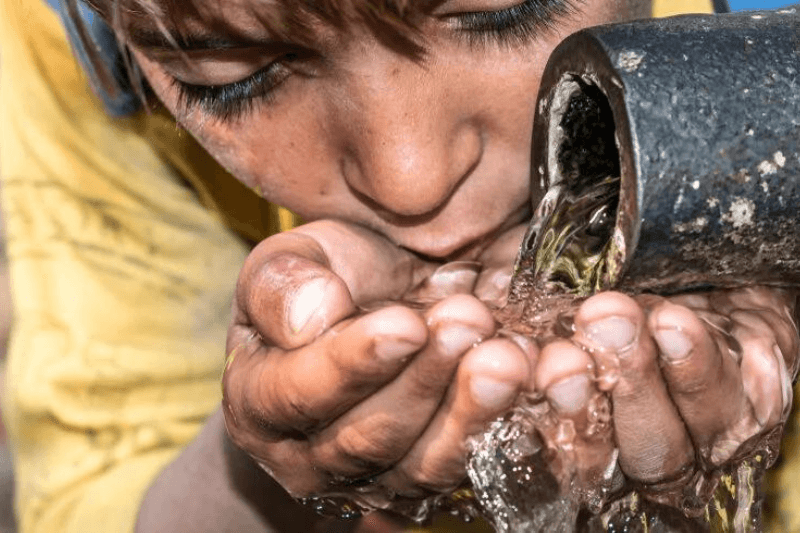
What’s The One Solution To Honduras’ Ever Worsening Water Shortages?
Honduras in Central America is scrambling to solve an ever worsening water crisis in its capital, Tegucigalpa. The answer lies in restoring the country’s forests. Hear from Montserrat Xilotl, a Regional Technical Advisor in Climate Change Adaptation for the UNDP.
Forests help regulate the flow of water. The roots of trees and plants prevent erosion and ensure water flows steadily, reducing the risk of floods and droughts.
They are nature’s water filters and storage systems as well. The trees and vegetation help replenish aquifers, supply drinking water to communities and support agriculture.
Unfortunately, Honduras has been recording a notable loss of forest cover, with unsustainable agriculture and illegal logging largely blamed for the human-induced crisis.
Forest fires, pests and other climate-related hazards have also become enormously damaging. The country is estimated to have lost 9% of its forest coverage from 1990 to 2020.
Local Knowledge Provides The Best Way Forward
In an effort to address threats to people, ecosystems and economy, and quell concerns, Honduras has been looking closely at nature-based solutions.
Earlier this year, Xilotl flew to Tegucigalpa to witness something inspiring. She saw young people and women leading the way with innovation and enthusiasm.
The scene conveniently demonstrated how local knowledge provides the best way forward, not only in adapting to the raging climate crisis but also in caring for natural resources.
She met researchers at a lab at the National Autonomous University. Through the study of the ecology of water, they were integrating diverse practices to monitor water sources and quality.
Keep Reading
Recognising The Potential Of Both Nature And Youngsters
The lab represents a huge leap forward. It has produced ground-breaking climate information and water modelling, essential to understand Honduras’ water crisis.
It was created around a decade back, through a collaboration between the Ministry of Natural Resources and Environment and university, supported by the Adaptation Fund and UNDP.
Instead of accepting payment, the National Autonomous University of Honduras requested scientific equipment to analyse the water that flowed into the city.
Xilotl realised why countries’ climate goals that engage the youth, women and diverse populations are generally more ambitious than those that don’t.
In the fight for a climate-resilient and prosperous future, the expert highlighted the need to recognise the potential of both nature and youngsters. The change she noted in Honduras was “transformational” – “it is young, it is diverse and it is proactive.”




